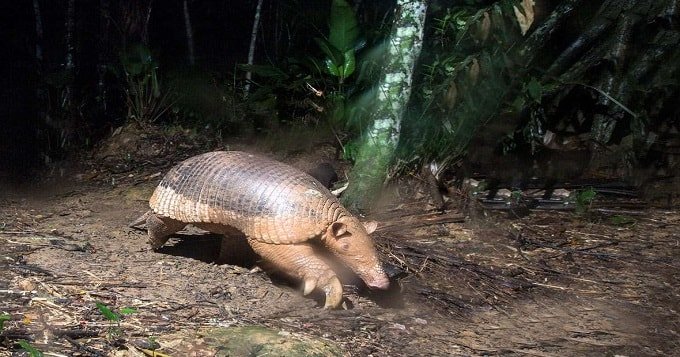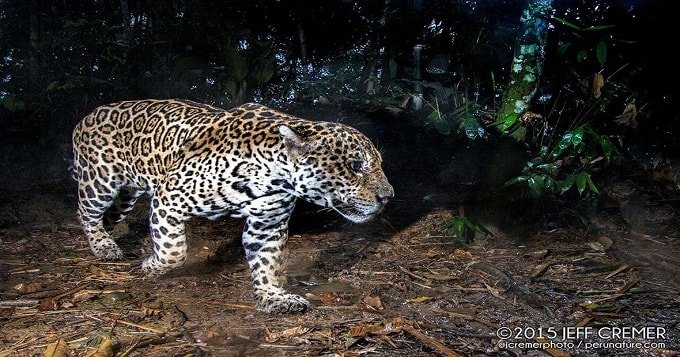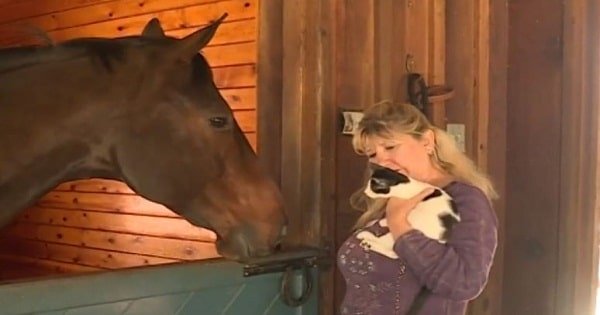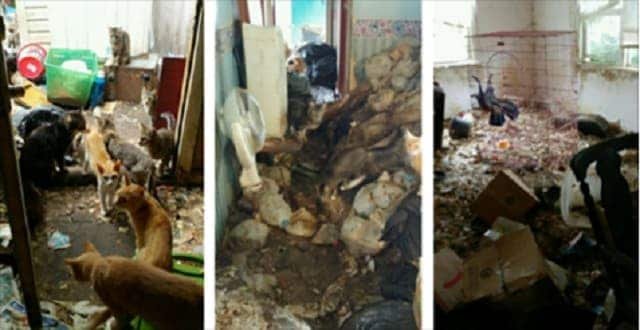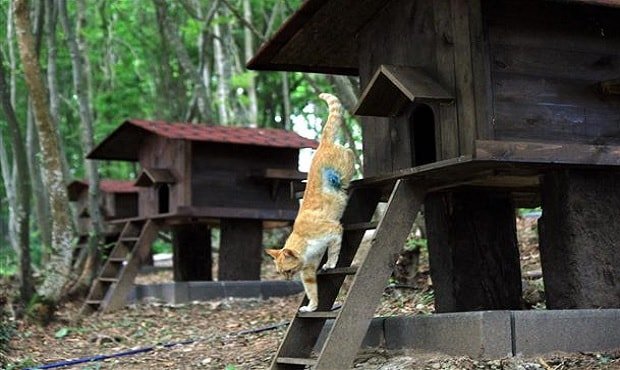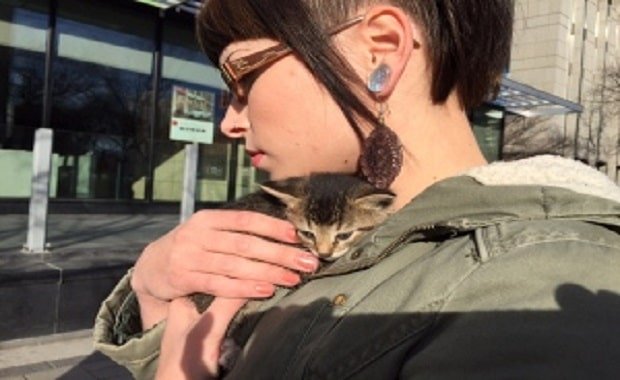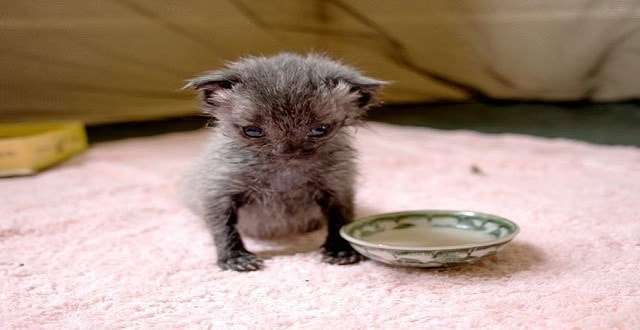PERU – The rainforests surrounding Tambopata Research Center which is located in Peru are some of the most remote and pristine in the world – and many of the creatures which roam these lush jungles remain shrouded in mystery. But now, camera traps are allowing all of us to see what goes bump in the night in stunning detail.
Wildlife photographer Jeff Cremer has been photographing many elusive animals this way, including puma, margay, ocelot, tapir and even the enigmatic giant armadillo, an animal so rare that just one or two can be found per 100 square kilometres of jungle.”It’s always exciting to see what the camera trap captures,” said Cremer. During a recent shoot, a female jaguar crossed the trap’s path, making sure to stop in for a bit of demolition just before moving along.”You can see how much fun she was having,” stated Cremer. “The camera took a series of images showing her tail playfully moving around right before the cable became completely unplugged.”And it’s not just the jungle’s largest inhabitants that can be a bit of a problem for the camera equipment. Just a one millimeter gap in the camera’s housing is just enough to expose the gear to insects. “They can colonise the camera,” Cremer says. “I’ve had cameras ruined by rain, leaf cutter ants and even termites.”
Still, the result is well worth the trouble. Using a DSLR and multiple flashes is allowing Cremer to capture high-quality images that reveal both fine details of the individual animals that pass by, as well as clues to their behaviour and movements. The jaguars, just for example, seem to come by the trap location every week or so.
“The photos are so high resolution that you can zoom in and count the ticks on the sides of the jaguars,” he went on to explain. “It’s great when everything comes together and you get an amazing shot of a rare animal captured with beautiful lighting in the middle of the rainforest.”


